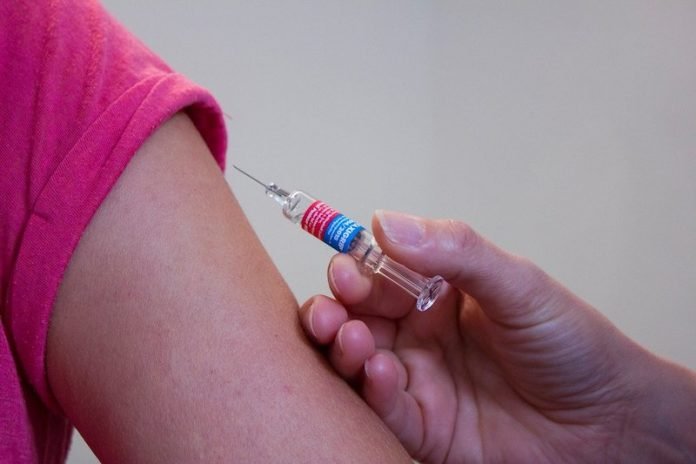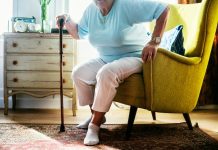
In a new study, researchers suggest in this age of coronavirus, with vaccine experimentation moving at a historic pace to the clinical trials phase, the ideal inoculation policy would emphasize age more than work-exposure risk.
The research was conducted by a team at Washington University in St. Louis and elsewhere.
There are numerous facets and factors to their modeling, including stay-at-home orders — with or without designating certain occupations as essential — that try to limit the possible spread of workplace infection.
For the most part, though, the team found the key that unlocks the mystery to potentially optimal vaccine distribution is age:
While all employed people aged 60-plus would receive the vaccine, in many occupations people would receive the vaccine starting from age 50.
In fact, the largest volume of vaccines would be allocated to populations ages 50-59, due to its group size, followed by 60-69.
As the researchers focused across the occupation spectrum and not merely age or exposure risks, they found that a 50-year-old food-processing worker would be equally prioritized as a 60-year-old financial advisor.
They expected that age would be a driving factor in allocating vaccines.
Furthermore, they found that designating some occupations as essential doesn’t affect optimal vaccine allocation unless a stay-at-home order also is in effect.
Even if a limited vaccine were allocated optimally, their model showed that 1.37% of the employed workforce still would be expected to get infected until a vaccine becomes widely available.
That means if, say, the United States used 60 million vaccines on only current members of the workforce, some 2.5 million workers ultimately would get infected. And these numbers are based on a vaccine that’s 50% effective.
A vaccine that’s 70% effective could cut that number of 2.5 million infected-workers only by 8%, to 2.3 million, they found.
While a recent history of vaccinating U.S. schoolchildren greatly decreased the transmission of flu, COVID-19 is a different animal. It kills older adults in far greater numbers, as well as the underrepresented.
In this case, the study attempts to provide a best-practice scenario to supplement a vaccine distribution strategy with a targeted stay-at-home order preventing certain age-occupation groups from returning to their workplaces and spreading infection.
They tracked eight age-groups — 16-19, 20-29, 30-39, 40-49, 50-59, 60-69, 70-79 and 80-plus — over 454 occupations, using data from the 2017 American Community Service and a sample thus representative of 60% of the U.S. population (now roughly 330 million).
They factored a worker’s contribution to output as measured by GDP, infection fatality rate and age.
They found that to U.S. occupations, particularly considering physical proximity — lack of social distance at work — means higher infection risk.
The team says that their model takes into account solely the possibility of infection exposure at work.
If people face the same infection risk in their social and home life, their analysis tilts even more toward the elderly.
One author of the study is Ana Babus, an assistant professor of economics in Arts & Sciences.
The study is published here.
Copyright © 2020 Knowridge Science Report. All rights reserved.



